It was clear, that trekking is one of THE things one should do in Myanmar. We picked Hsipaw over Kalaw for our trekking tour. We arrived in Hsipaw with the Goktheik train. There was nothing arranged, except one night booked in Mr. Charles’ Guest House. As we got off the train, it turned out that there was a car organised to take us to the Guest House. Seems that the competition over the tourists is tough. One of the Guest Houses was advertising in the train already an hour before the train arrived in Hsipaw. We were quite many in the van. There was even an Australian – Brazilian family with a 2-3 year old kid and another one on the way. That seemed very courageous to us. We also met Katie, a woman from UK, working as an English teacher in Yangon. I liked her instantly. We did not now it then, but we decided to do the same trek and because we enjoyed each others company, we would meet again in near future, but lets not rush into things.
The New Years eve was soon approaching and we were still doubting, where we would like to spend it. Even though we both go with a conviction that nothing magical happens on the night from 31st December to 1st January, we still did not want to be on a night bus then. As we were looking at the calendar, we started to realise that we won’t make it to Kalaw and Inle Lake – we simply did not have enough time. By now we know, that rushing from one place to another is really not our thing. It still felt that we are travelling too fast, but the time left in Myanmar was slipping away. One thing Stijn wanted to see was Naypyitaw – the gigantic and empty capital of Myanmar. As we were not looking for a New Year’s party to attend, I suggested to go there on the 31st of December. It left us with an option to go for 2 day trekking and take a bus on the evening of second day (30.12.).
Mr. Charles is the most popular Guest House offering trekking in Hsipaw. It was also recommended to us by our Latvian Airbnb hosts. There are many options to choose from. Starting from half day treks up to 3, 4 or even more days, depending on your desires and capability. We opted for 2 days trek with a night stay in one of the villages. When we booked it, there were 3 of us – me, Stijn and Katie. We hoped that some one else would join, making the trek less expensive.
For the first night in Hsipaw we had only two things to do – have dinner and get some sleep. We had dinner in the The Club Terrace (seemingly related to the Club Terrace in Pyin Oo Lwin, only better). Very nicely priced cocktails and satisfying food. We were there in the evening and could not enjoy the the beautiful river view, as the terrace is just above the water. But we came back after our trek before sun set – definitely worth paying a visit just for the view.
The room we stayed at in Mr. Charles was very good, the only inconvenience was the twin beds (in Myanmar it is generally a problem – in many places they have very few rooms with double beds, that are mostly given away on first come first served basis). A good shower, even few shelve to put our stuff on. Decent bathroom – very pleasing. The best part of our stay there were the breakfast (especially the pancakes).
Two day trekking
The next morning, we departed for the trek a little after 8 am. By that time time there were 7 of us doing the trek. It meant that we had to pay only 30 000 kyats (approx. 20 euros) per person – trekking, food and accommodation in the village included. A very good deal.
A tuk tuk took us out of Hsipaw and dropped us at one of the villages. We started our ant walk from there. Our guide was in his mid 50ies, retired from Forest Unit of National Army, being a guide in the local villages for the past few years. He was passionate about trees and plans. At the beginning it seemed that we might have to stop by every tree and try to understand its qualities and learn its Myanmar name, but it turned out to be nothing like that. Unfortunately, we forgot his name (I feel guilty about that). He was extremely kind and caring.
The first day we had to do 27 km of up and down the hills, crossing fields, forest and local villages. Our guide made sure that we had enough breaks in between. He was giving us background of local villages (mostly every village is populated by a different tribe, speaking their own language), providing such fun facts as the exact number of houses and people living in the village and some basics, like hello and thank you. We also got a brief insight in the local political situation (in the most cases every village is controlled by a different army force, that tend to confront the National army and police forces from time to time).
We passed by yet another village when our guide pointed out to a distant empty building:
– That is a police office. Some day local army made a fire in front of it!
– When was that?
– Some two months ago.
Our guide was using a walkie-talkie to announce our coordinates (no idea to whom). He also had a photo copy of an old army map (he had a bigger at home, but the local guerrilla armies do not like guides with big army maps of territories controlled by them, so he left it at home).
His army training thought was very visible – he was able to precisely predict how much time every next distance would take us to walk, and at what time we would arrive in next location. He was also the most fit among all of us.
The trekking experience in Shan state was absolutely different from the village tour we did in Udaipur. We were having meals in the houses of villagers, but it did not feel strange. The only awkward thing was that our guide would not share a meal with us. We were fed very well. For our relief the food was vegetarian. We could try the local fermented tea leave salad, few types of soup (traditional Shan soup with noodles, tomatoes and chilly was one of my favourite dish), several veggie mixes accompanied by steamed rice. Locally grown green tea accompanied all of our meals and breaks. There was more than enough food, so we did not need to get any extra snacks.
The scenery was amazing. We could explore both – the nature and the local village life. The paths took us through meadows, over hills, into the forests, along cliffs, passing by many fields. The lands of Shan state are extremely fertile, giving up to 3 harvests per year. Rice, corn, sesame and tea being the most popular cultures (opium too, but that is not widely advertised). Buffaloes are mostly used for the field work. When they were not on the field, for time to time we would encounter the massive, horned giants on the paths or hear them hiding close by in the bushes.
In the villages we met many excited kids. Usually I am the one animating with kids, but this time Stijn seemed to be getting the very most of the attention. And it was not one case, it happened in all of the villages we passed. Kids were very curious about the beardy guy (I guess they don’t see many of those around). Stijn even got some flowers and once an unexpected hug. In the house we were staying for the night, a kid liked Stijn so much, that he did not want Stijn to leave. The boy kept on cramping in his leg as long as it was possible.
The kids were very open to communication, but the adults were more distant. There was of course a language barrier and the socio-political circumstances have made a huge impact too. It is perfectly normal that people do not want to share their stories with complete strangers. We had a chance to learn a little bit more about the villagers thanks to Katie, who speaks a little Myanmar language.
It is interesting that most the houses are powered by solar panels or small hydro-electro stations. It means that the villagers are very economical with the use of power and lights in the house. With this comes a little extra positive aspect – there is no light pollution. The night in a village surprised us with brightly shining stars.

Skies of stars in Shan Village
The first day we had walked for about 27 km (according to our guide), the second day was much easier (except for one steep, narrow path down a bushy hill). It was actually only half a day, but after previous day, it felt good enough. This trek goes into the highlights of our trip. It was a chance to actually get to know Myanmar a bit more in depth. There is more of the people and more of the culture than the ancient temples show and the souvenir sellers tell. It was only a glimpse, but enough to make us see more and get to know the country better.
Stijn:
The frustrations of a non-photography trekking
Trekking with non-photographers possibly has many disadvantages and could lead to frustrations. Either by you or the rest of the group. That’s what I read before and heard before from other fellow photographers. From previous experiences, it’s often also the truth. As a photographer you better be in a good shape and on average walk faster than the rest of the people, to make sure you can catch up again after taking photos of the scenery or the local kids.
So my tactics where as following: first walk to the front and try to go a bit faster, even walking in front of the group if possible. Slower people might get frustrated and will maybe ignore you for the rest of the time, but they will fall behind soon. Next, at an interesting place, deploy the camera and take all the time needed to take the photos you want to. Ignore all people passing by. Only when being confident you have the right shot, continue the road. This means: go in higher speed and catch-up with the group, taking over everyone till the front and start all over again.
Frustrations by location
Often the path you are following is not the best spot to make the photo you want to create. Many times you’ll be thinking that going a few meters off the road or even taking a side road would deliver a much better angle. People working in the distance, an empty shed or a large lonely tree in the middle of the field: all interesting subjects that only are interesting if you can be close enough. Physically, not by zooming. Unfortunately, often that’s not possible.
Frustration by time
Our trek of course happens during the day. When it’s hot, the sun is high and mostly when there’s not shadow near the road. This means: not interesting to stand still for too long. And not the best light. Often when hot, a haze of heath is blurring the view on distant landscapes. The hard light makes the colours bland. Any photographer knows – the best light comes at sunrise and sunset. In Myanmar, the sun drops very fast and it gets dark before you realize it.
So when sunset was approaching at the end of day one, we were still walking towards the village. The guide was going fast to make sure we get there before dark. And I was doing my best to see a glimpse of sunset from a good angle. Unfortunately, it didn’t work out.
Luckily, the next morning I got up a little bit earlier, when sun was about to get up. Not knowing exactly what would be a good spot, I walked up to get a view on the sun rising. Too bad, I couldn’t get a good vantage point because of bushes, houses and trees obstructing the view. Thankfully, I got rewarded by children playing with a wheel and a stick, aka hoop rolling.
Does it sound too negative?
Of course. The good thing is you again meet so many interesting and kind people on the road. During the moments of taking a rest, not cleaning lenses, checking batteries and replacing memory cards there’s plenty of time to get to know your fellow trekking partners. New friendships are created, experiences, life stories and Facebook friend requests are exchanged. I particularly enjoy to hear the stories of other people: what are they doing, what are their motivations, why are they here? I am very happy we met Katie and enjoyed a lot listening to her stories and experiences. After the trek we all three returned to The Club Terrace and exchanged address and phone numbers. Katie invited us to stay at her place in Yangon for our last night before leaving the country. Thank you again!
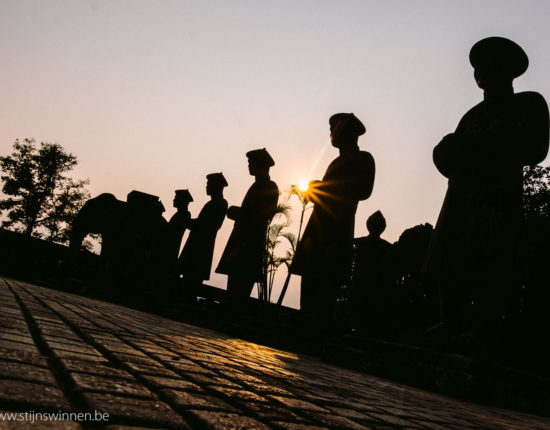
































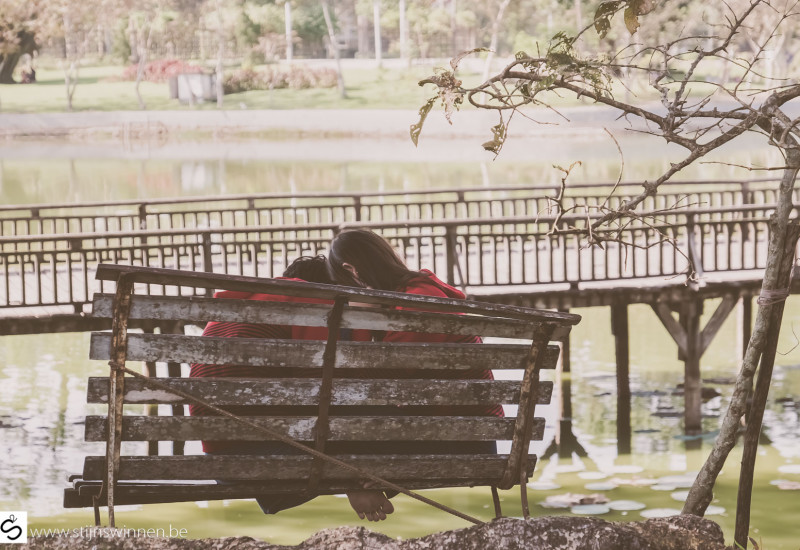
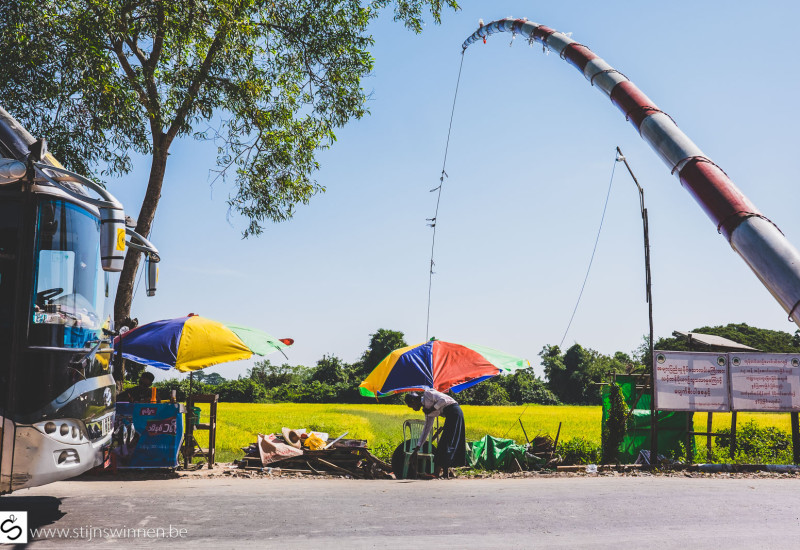
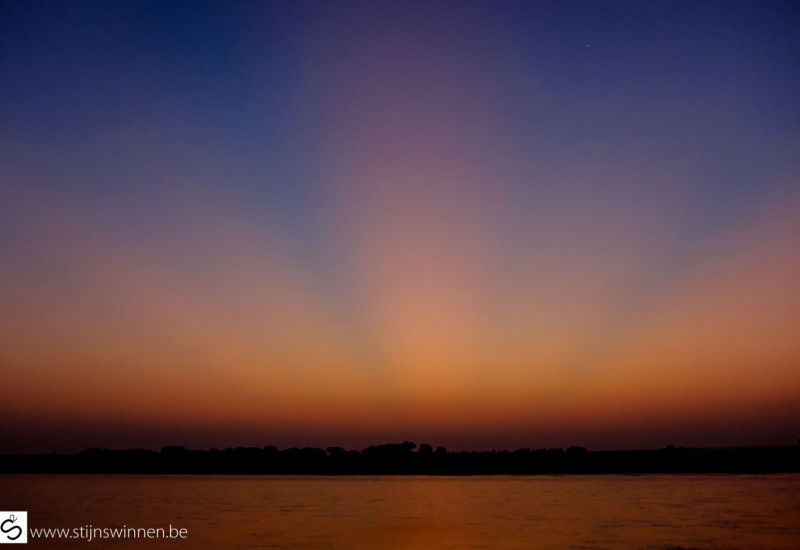
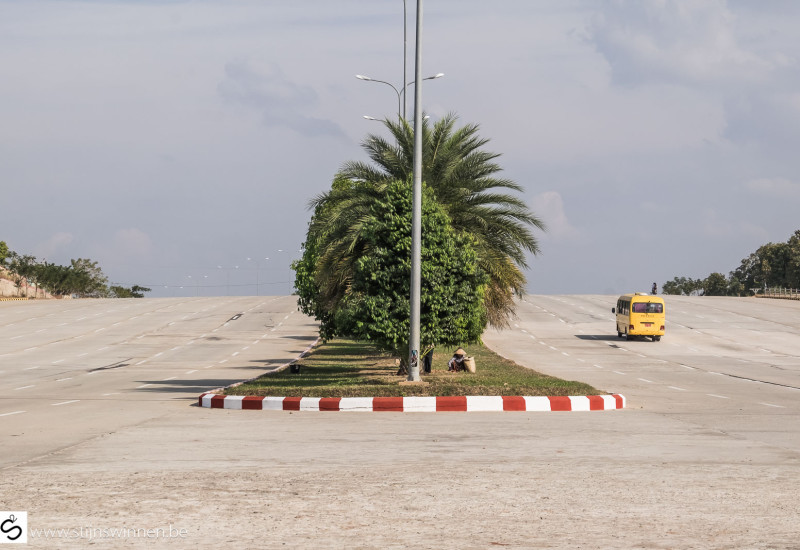
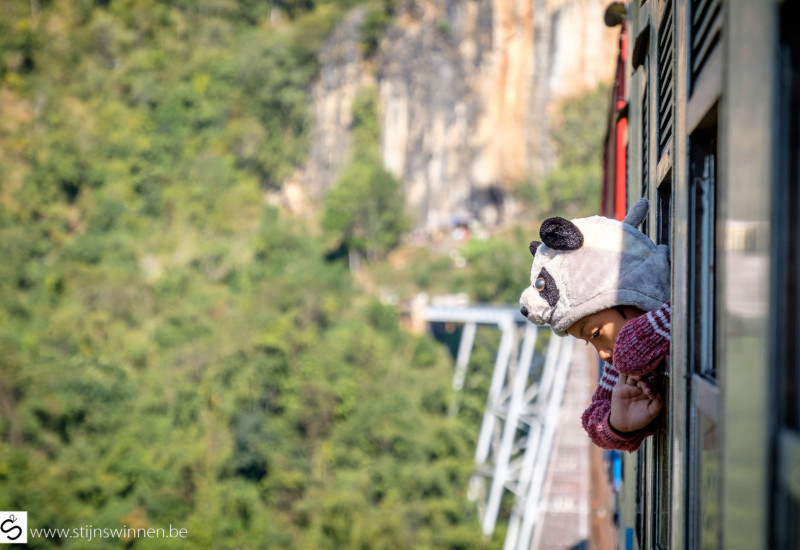
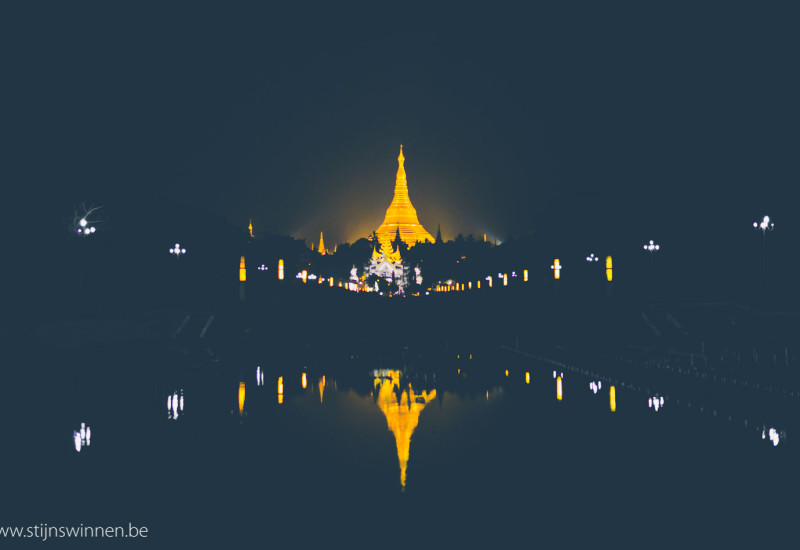
Leave a Reply